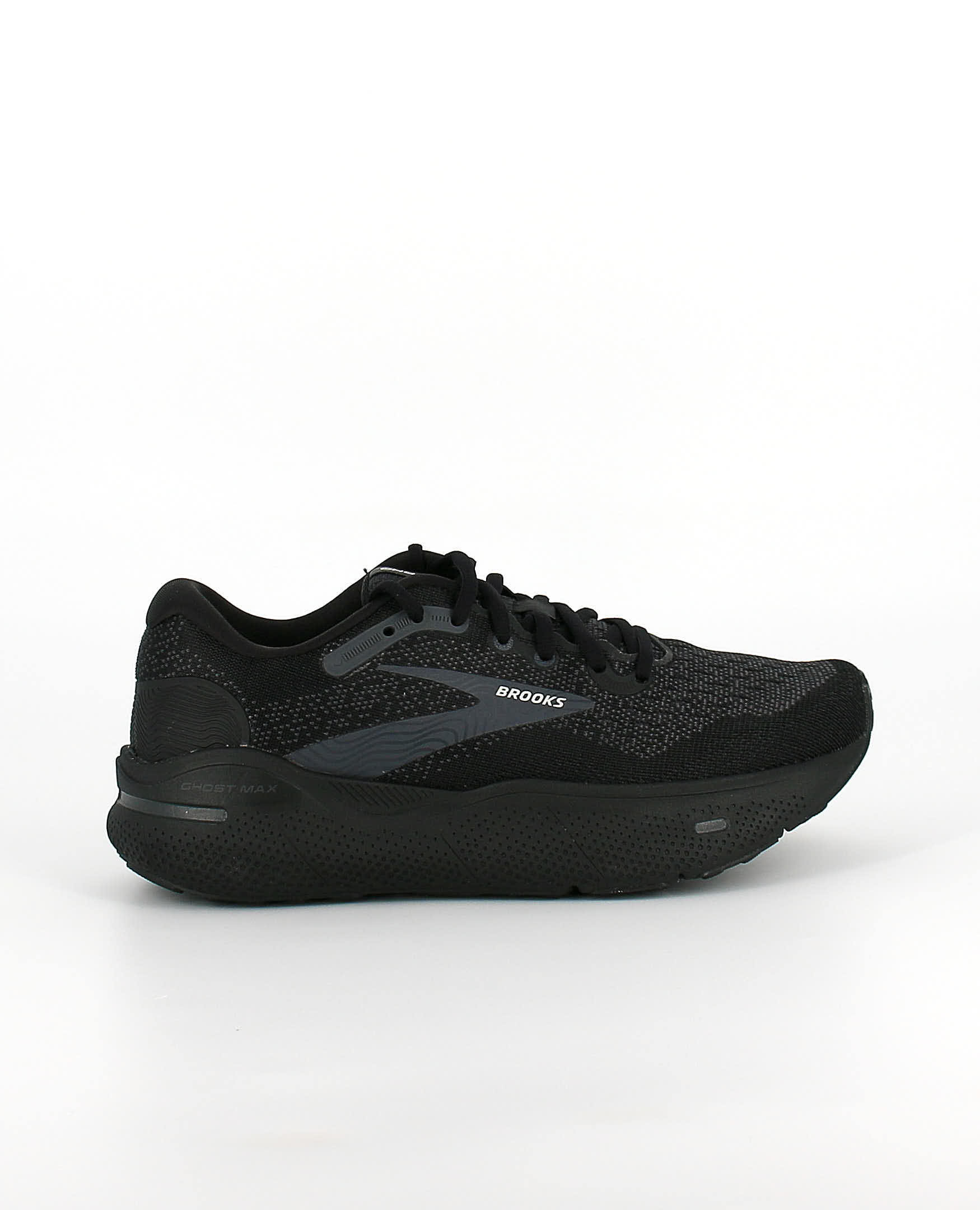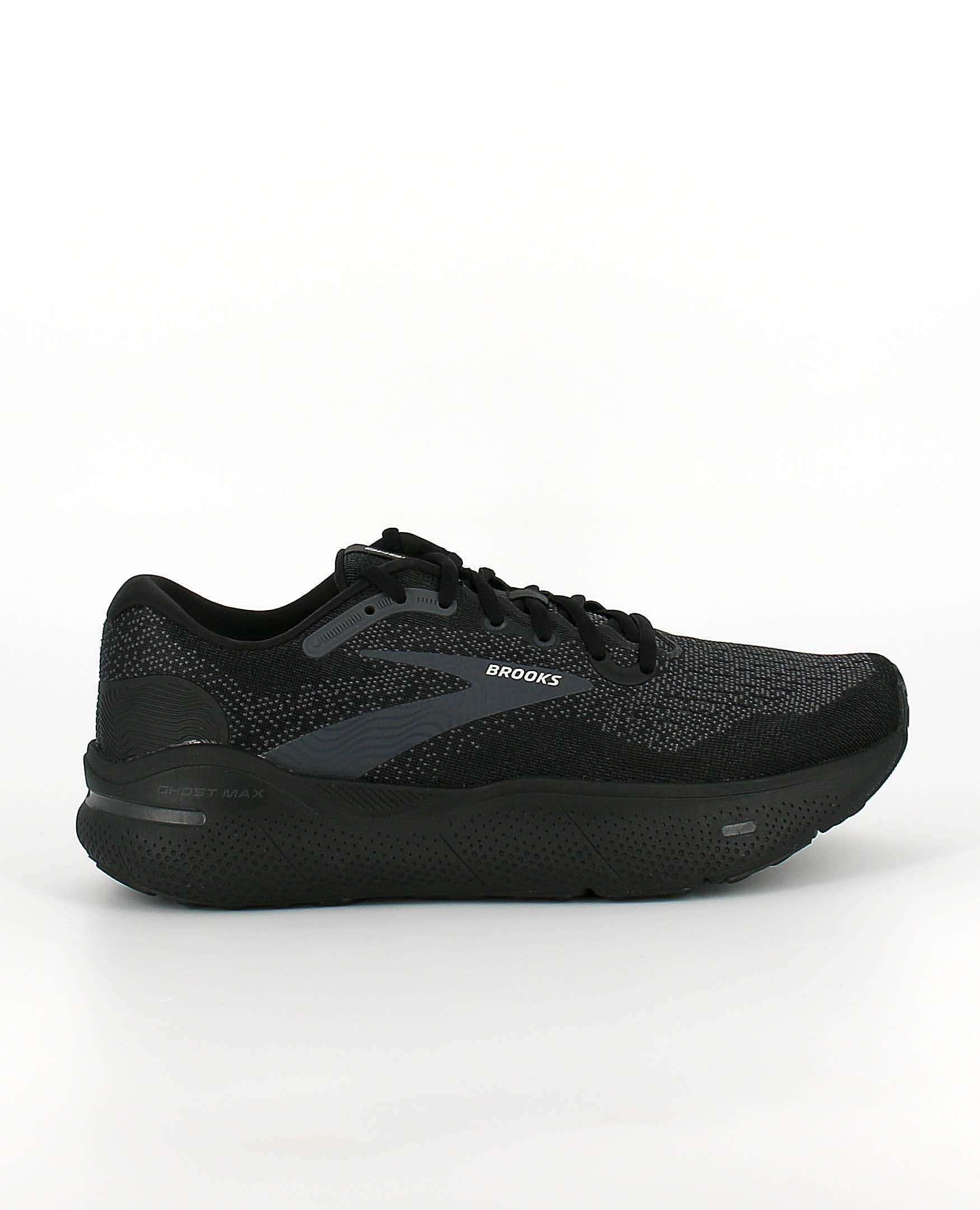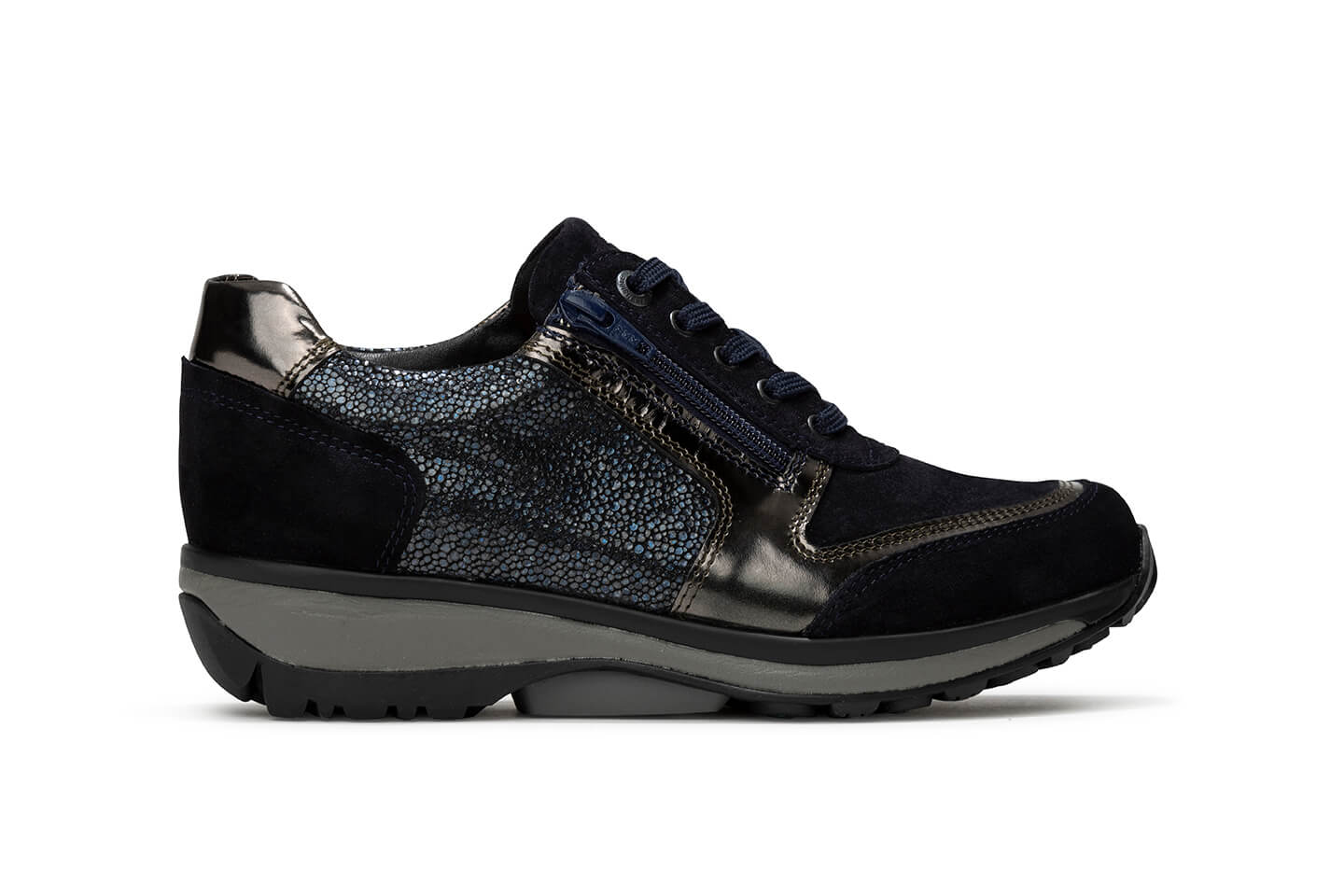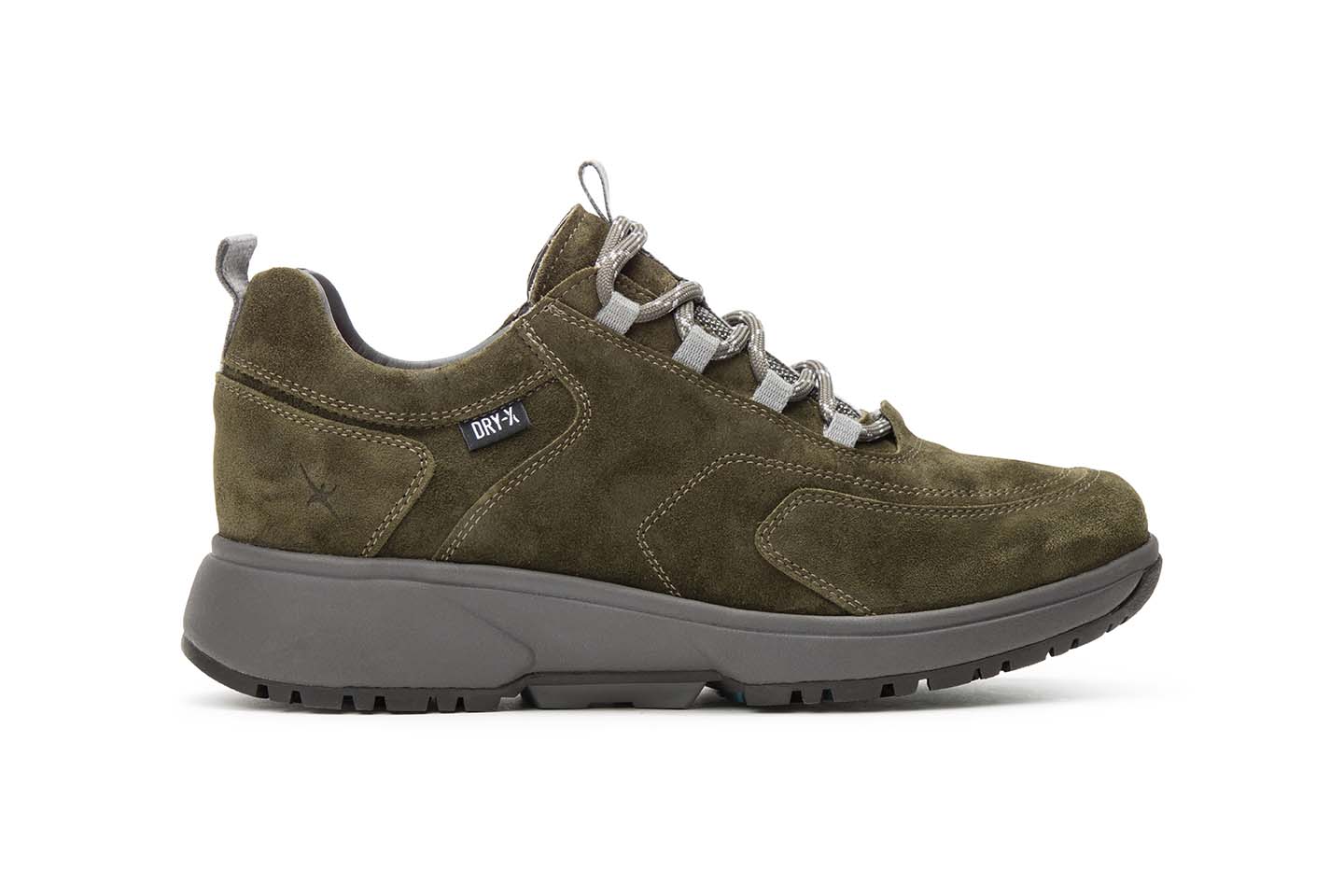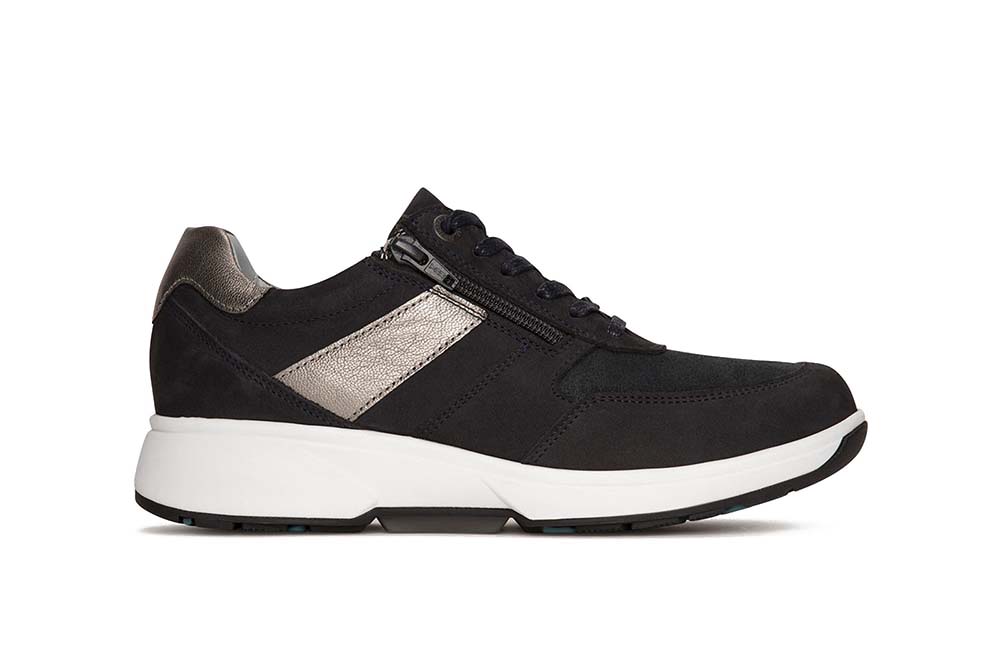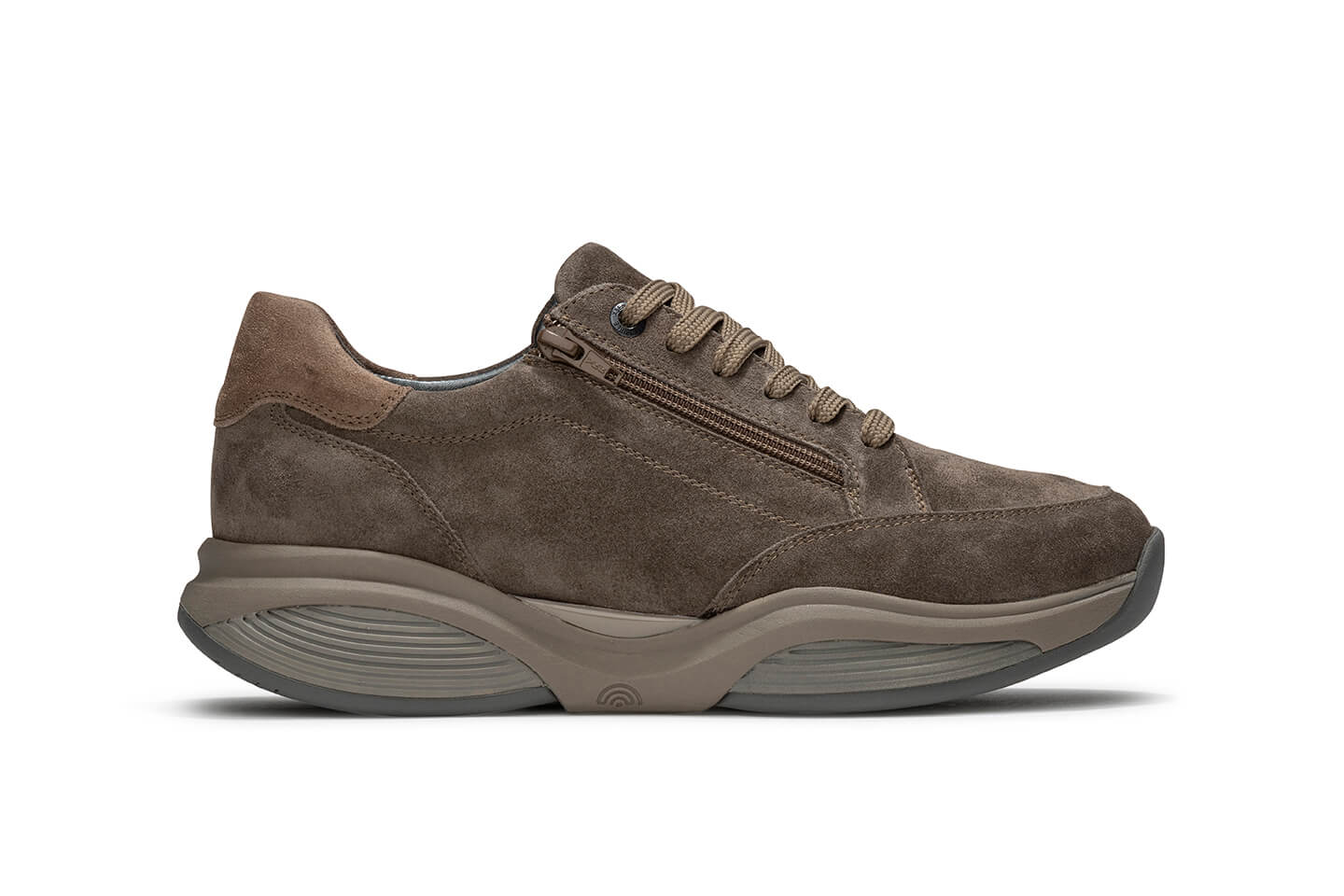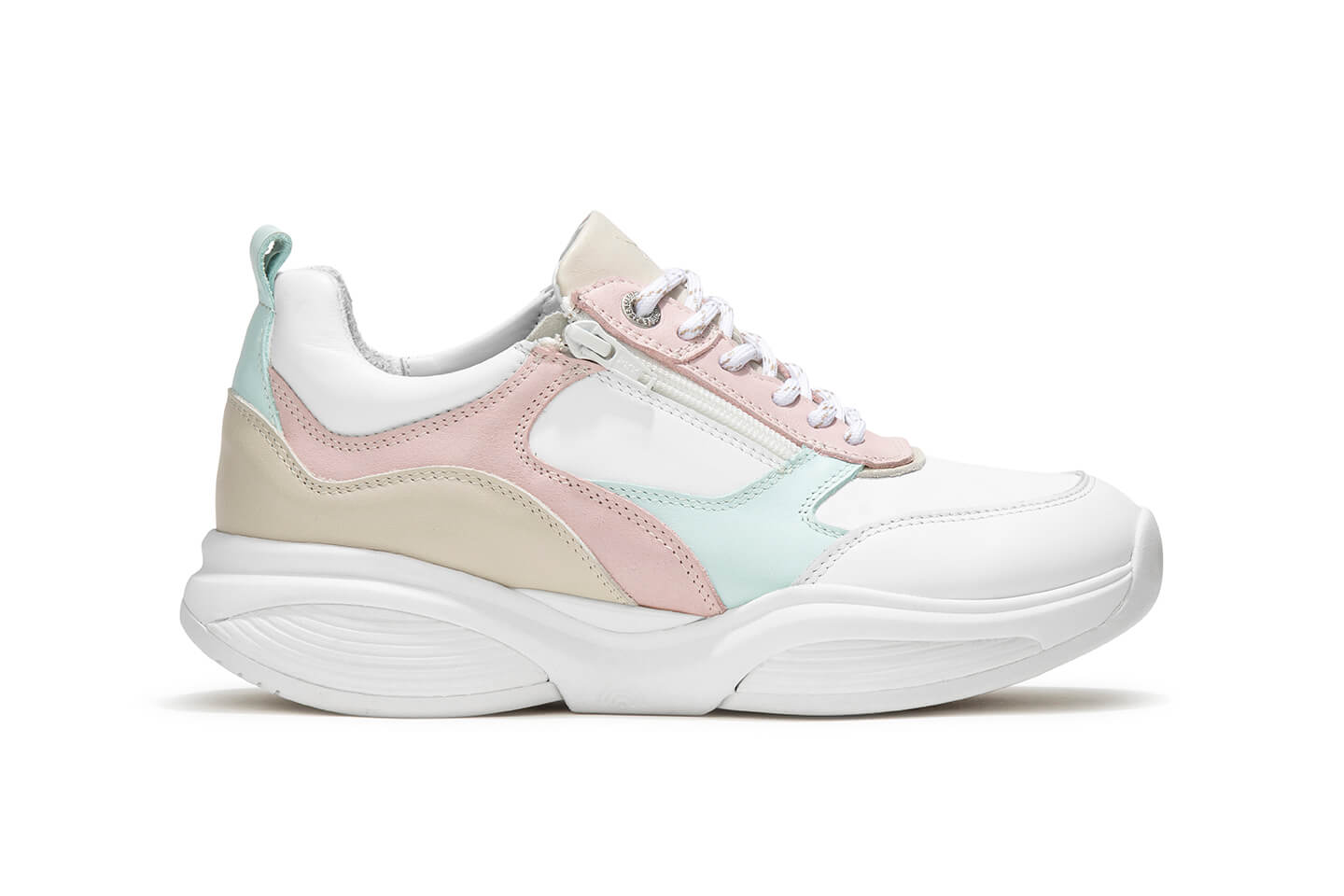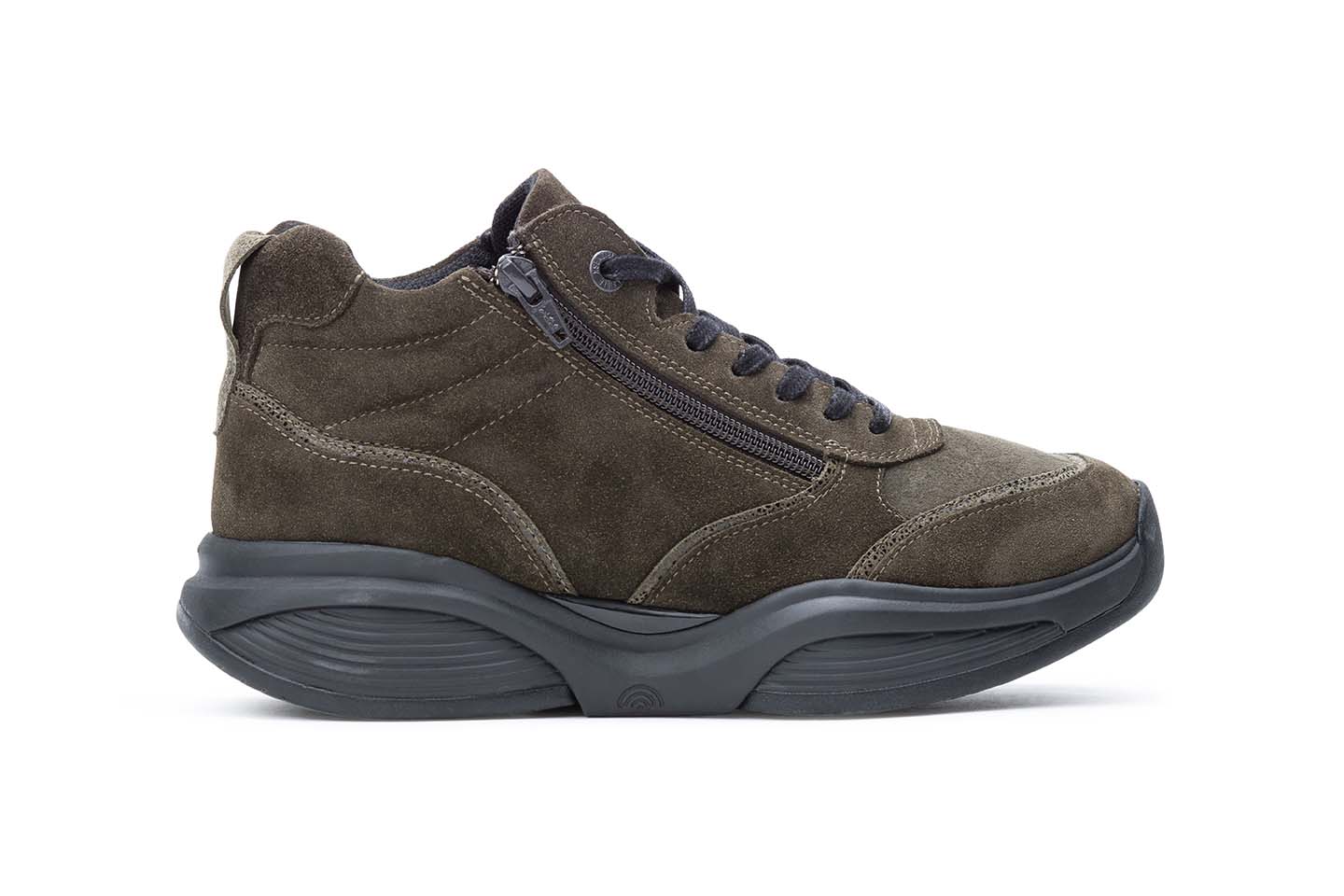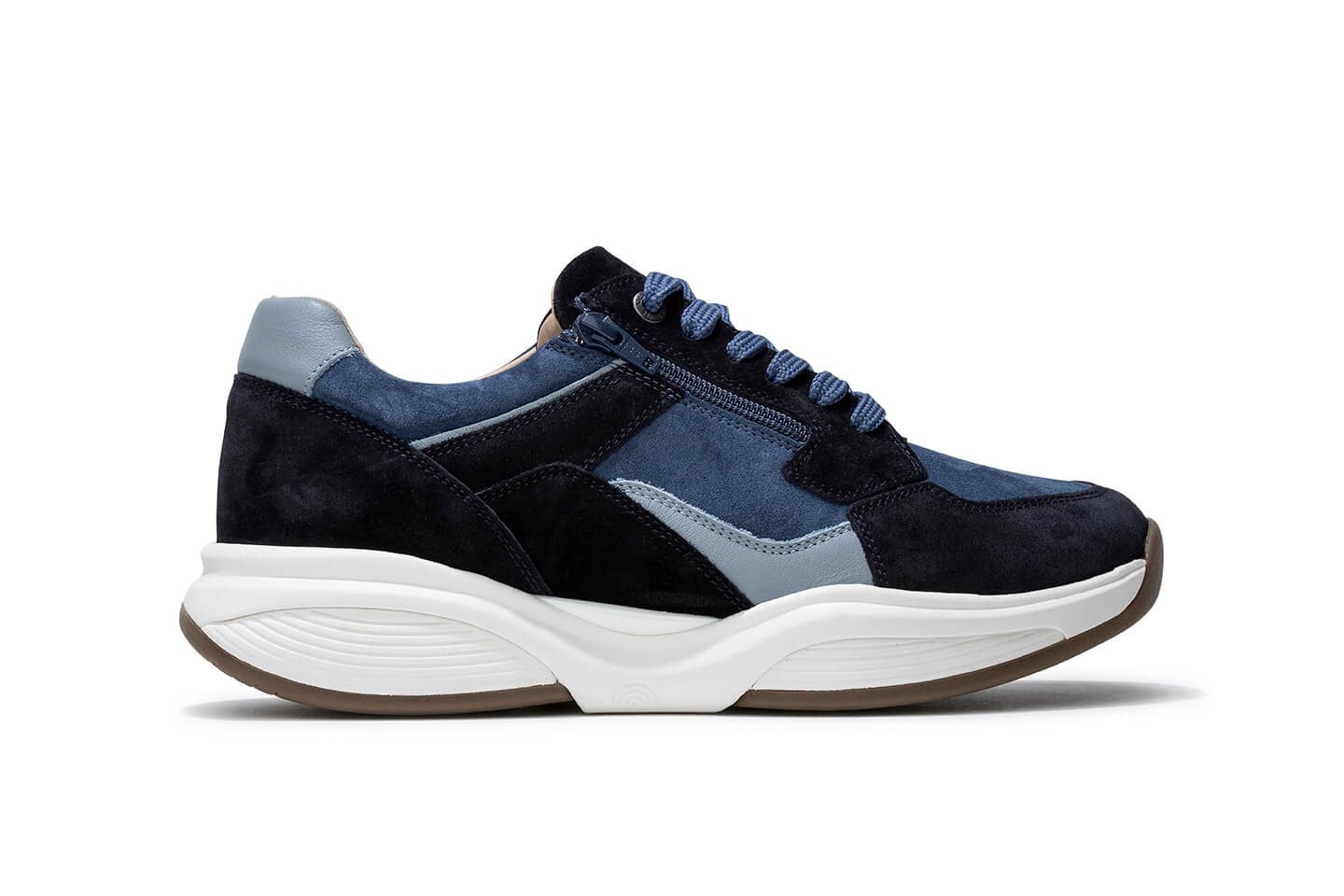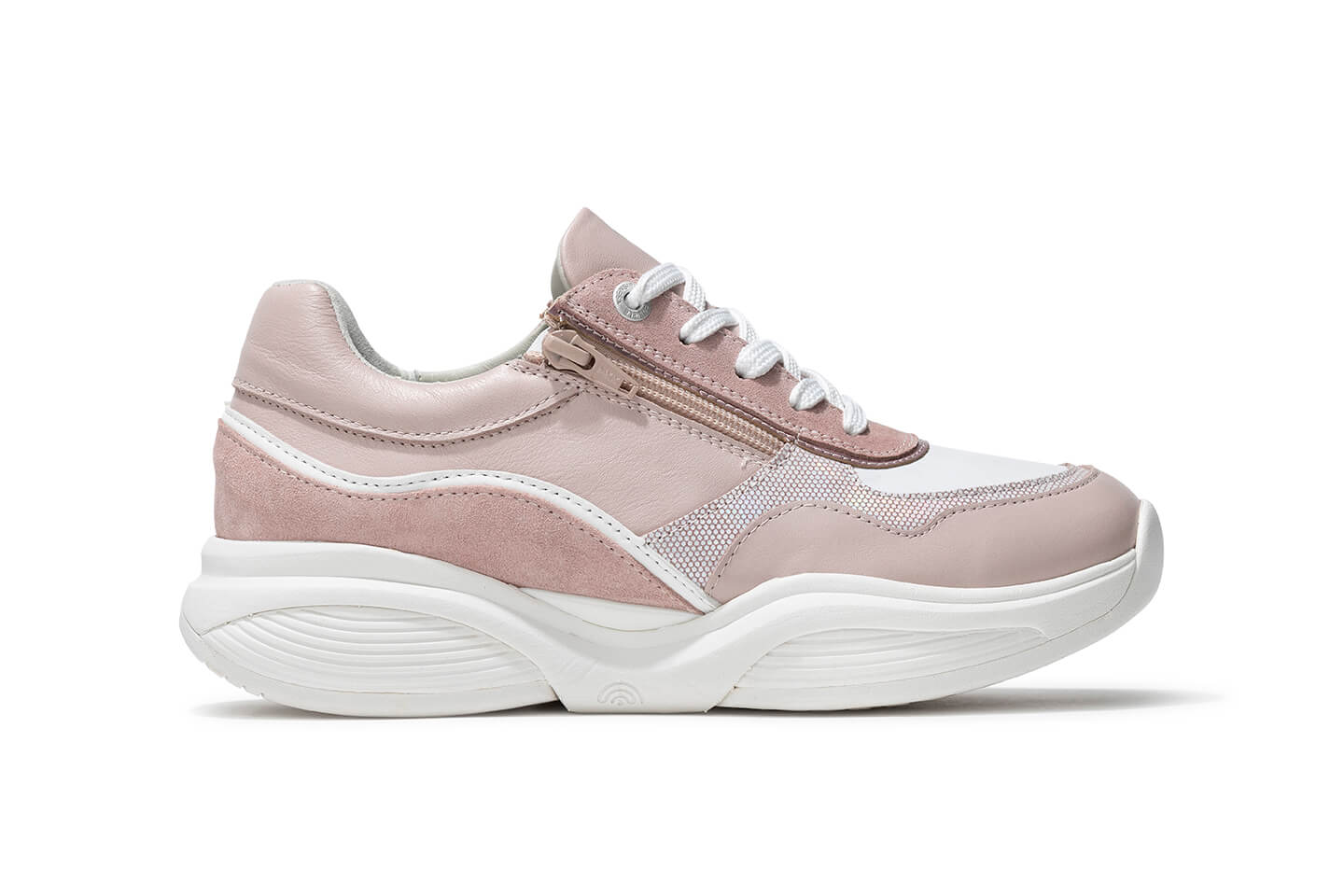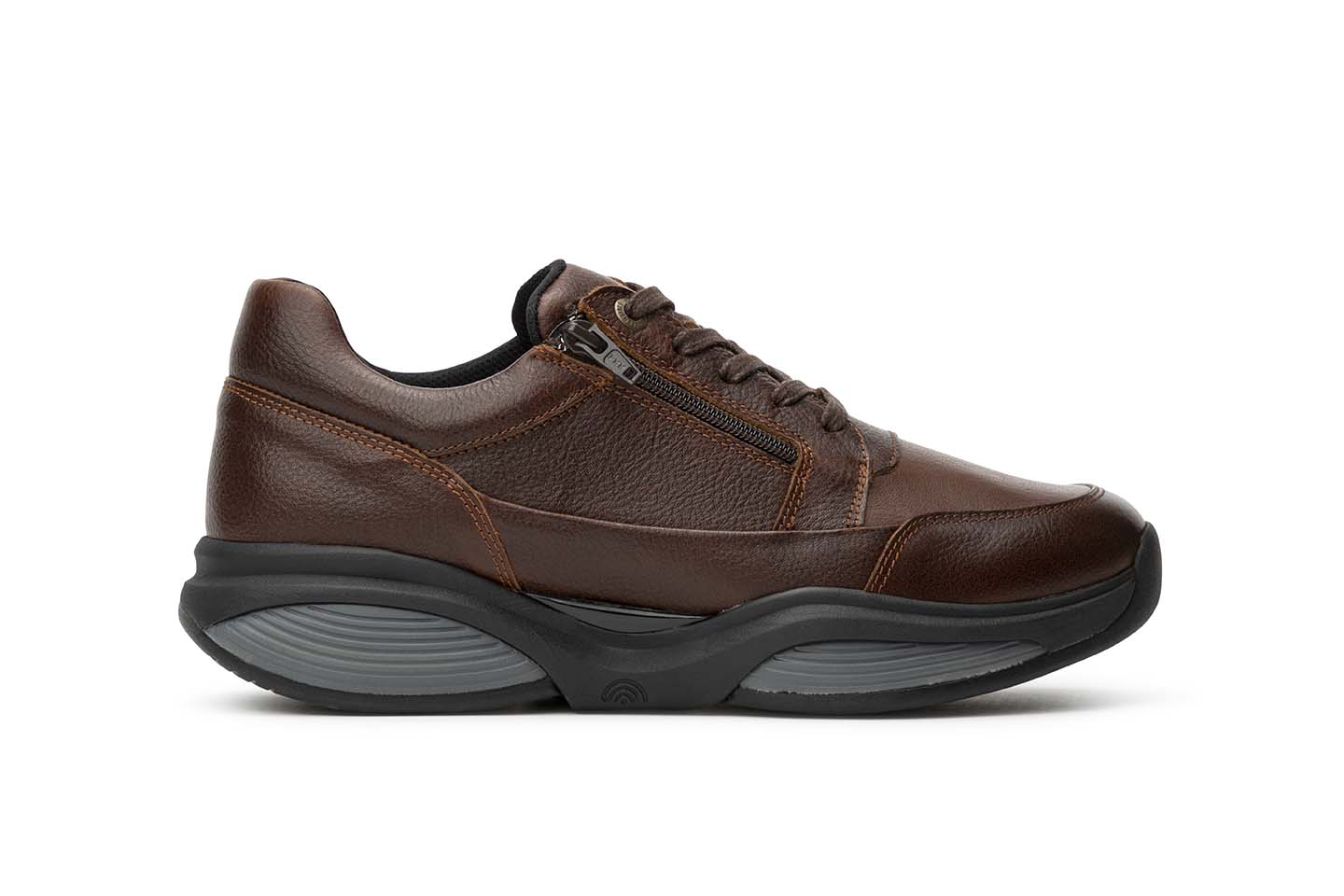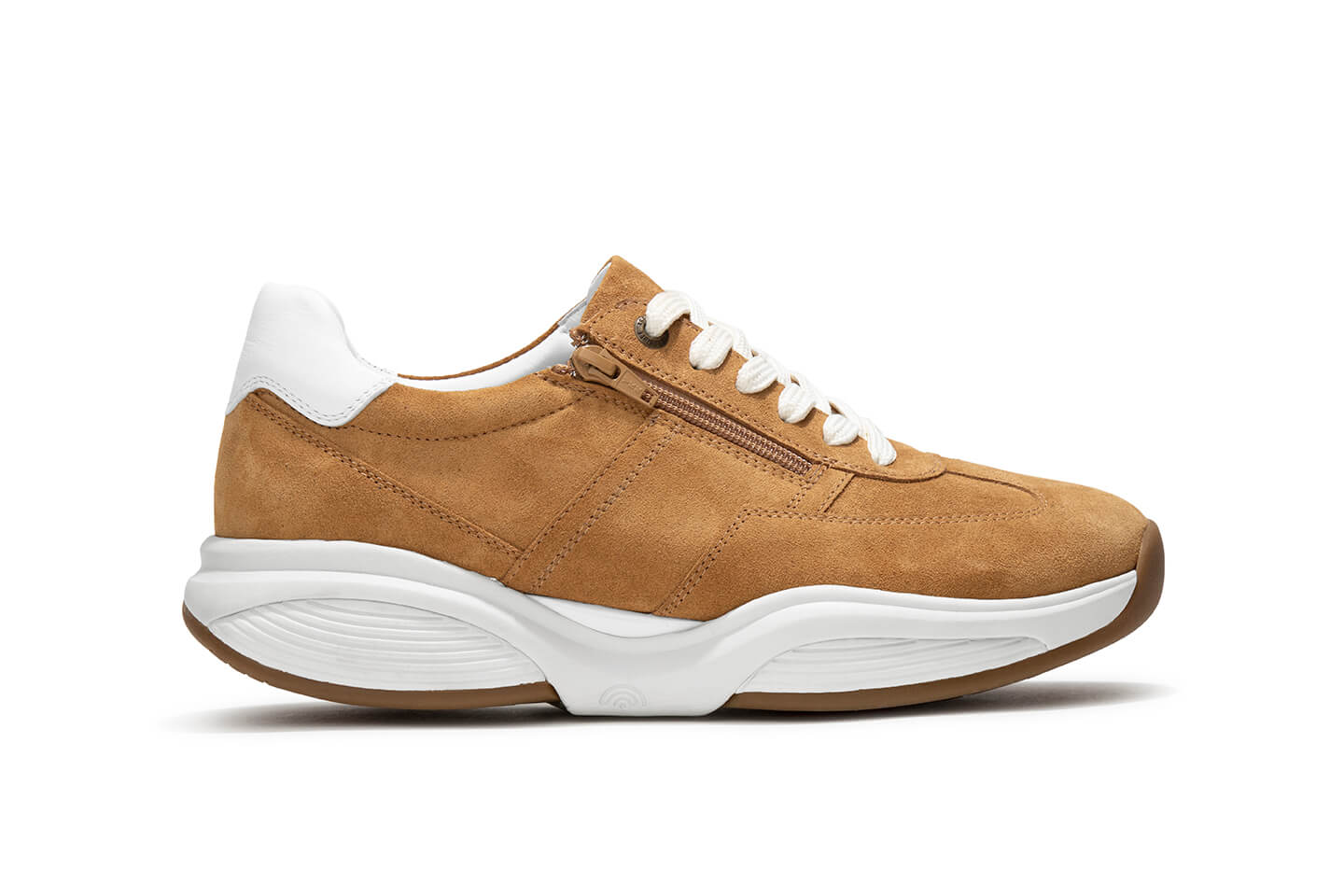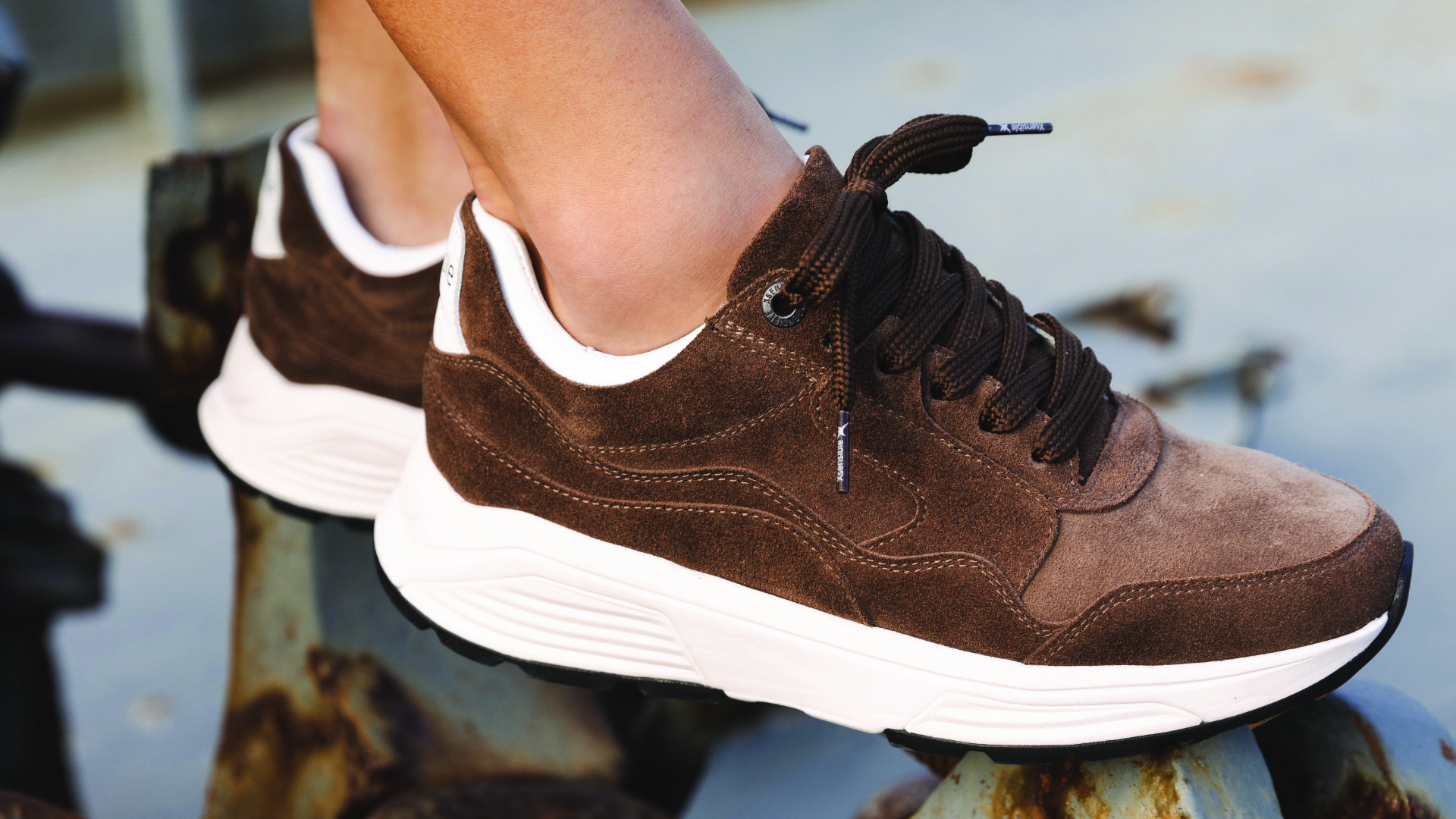Footwear for bunions (hallux valgus).
Our latest footwear for bunions.
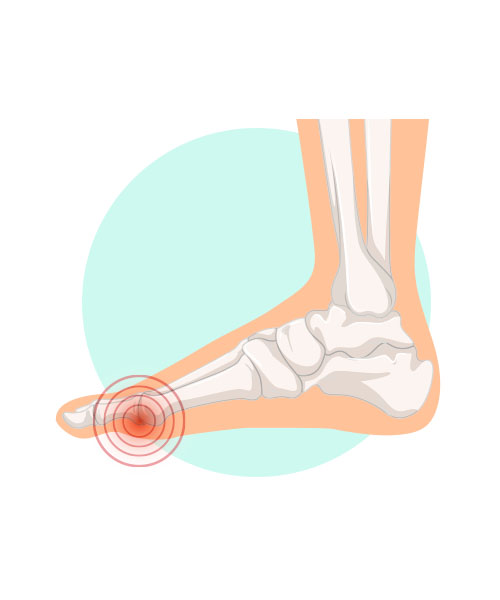
Are bunions stopping you from doing what you love?
Pain, redness, and inflammation. These are the common symptoms that occur when you have bunions, but did you know? Not only can they be caused by genetics, but they can also be caused by ill-fitting shoes as well.
We, as shoe-fitters have seen numerous people who suffer from this condition, and therefore understand the frustration when it comes to simply living your daily life. Only, that isn’t all. We’ve been told how difficult it is just to find some footwear that can accommodate a bunion, because shoemakers don’t normally account for foot-health issues during the design process.
Despite this, in our experience, specific properties of footwear can give room to reduce pressure on the affected area – without the need for alterations or a custom-made shoe. What if we told you that you can protect your feet, but still wear fashionable footwear at the same time?
The problems you’re facing.
Maybe you’ve been through this time and time again. There are hundreds of footwear brands out there, and maybe you’ve tried as many as you can think of. Perhaps, you’ve tried to understand what the ideal footwear you should be wearing is, and spent hours choosing the pair that you like, only to find that it doesn’t work for you. Or, it could be that you’ve tried to order online and even visited several shoe-shops, yet nobody can seem to give you the fit that you need.
Heck, as we’ve been told by sufferers in the past, you may not even be able to make it out of your own home because of your current shoes! Whatever the case may be, it goes without saying that it’s a pain (no pun intended) to find something that you can wear every day, all day, so that you can just get on with your life.
This is where we step in.
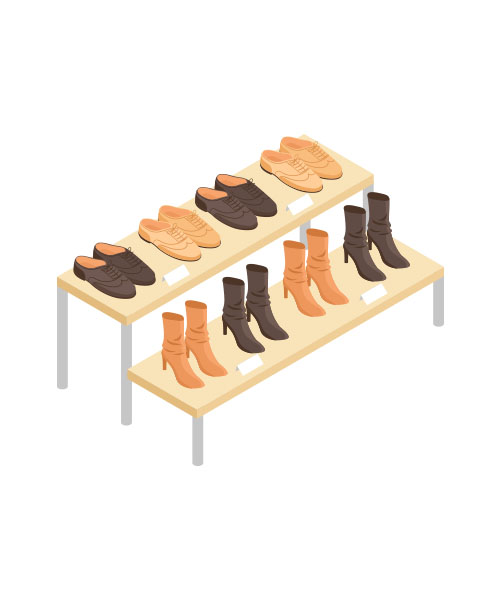
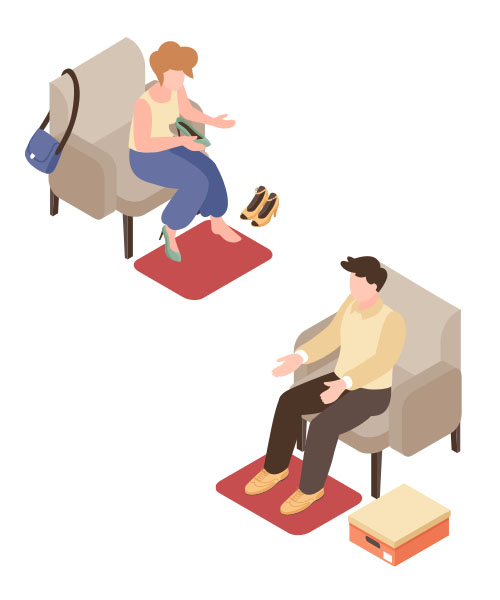
How we can help.
One of the reasons that ShoeFit.uk began was to help those in need of comfortable, yet stylish footwear who couldn’t otherwise visit a shoe-fitter. This means that we do the heavy lifting, and you’ll receive what you need in the size that’s right for your feet – the first-time round.
Our experience – of over 20 years in a brick-and-mortar shop – is based on having worked with many podiatrists, clinics, and health care professionals (HCPs) around the UK. This, and the countless patients that have been referred to us, as well as those who just happened to find us online. It’s this experience that has helped us to understand some of the hardships that bunion sufferers face, and in turn, how to properly help them.
Your next steps are important, so continue to read them and get your life back today!
1. See a podiatrist.
2. Book your free shopping appointment.
Generally, you should be wearing shoes that have strong heel support. This will avoid the naturally reflex of your toes clawing if you walk in something that doesn’t support your heel.
Also, it’s best to wear shoes that have both a zip and lace fastening. This helps to keep your affected foot secure, and allows you to take off the shoes without struggling.
Sizing up may help in the short term. However, depending on the severity of your bunions and the foot type you have, it may have a long-term impact.
The better option is to find out more about your bunions from a professional, and then speak to an experienced shoe-fitter, who can fit you with what you need specifically.
First and foremost, pointed shoes should be avoided. The restriction of not allowing your toes to spread can cause deformity of the joint.
Secondly, shoes that don’t support the heel should be avoided. The lack of a strap or heel counter can force your toes to claw as you walk.
If you are walking in the wrong footwear that does not accommodate your bunion and foot type, you’re more likely to aggravate your toe joint and make it worse.
Wide shoes may help with your bunions, but every foot type is different, as is the severity of your bunions. This is why we recommend speaking to an experienced shoe-fitter, who will take into consideration the small details, and provide you with something more specific for your feet.
Sign up to our newsletter.
"*" indicates required fields

